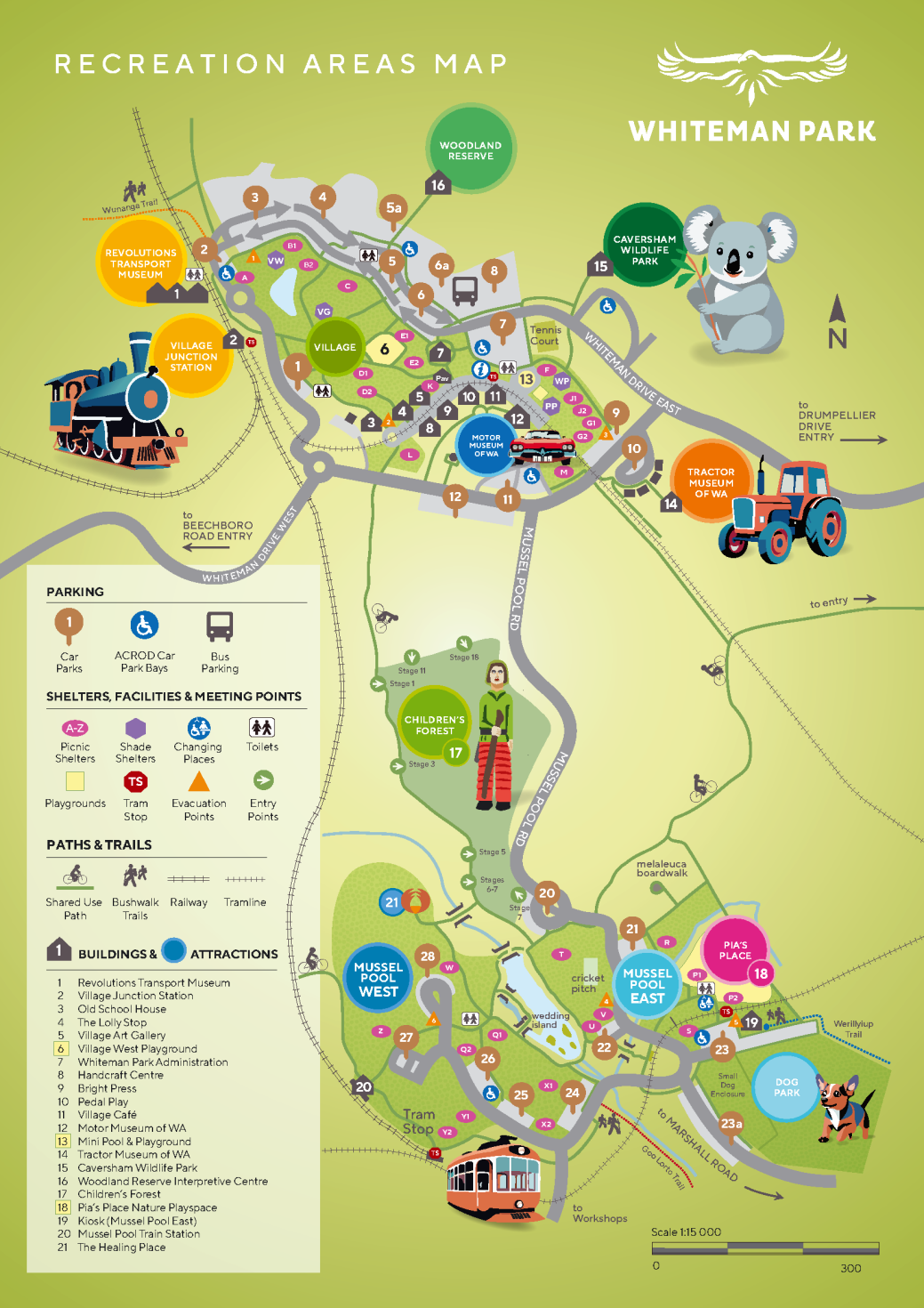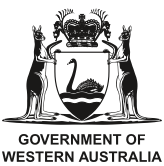Marri
Corymbia calophylla
Marri trees are particularly common on the Swan Coastal Plain and can be found in abundance in the Park. These, and older growth jarrahs, are the largest trees in Whiteman Park, growing to heights in excess of 25 metres and a girth of 1.5 metres.
The marri trees produce fruits commonly known as ‘honky nuts’ and are a favourite in the diet of the cockatoos and parrots that visit the Park daily. The outer flesh protects the all-important seeds, both of which are much-loved by the karrak (forest red-tailed black cockatoo) and ngoorlark (Carnaby's and Baudin's black cockatoos). These 'nuts' are a tasty treat for the birds!
Bursting into flower from December to May, the marri can bring a snow-capped look to our forest canopy. The flowers themselves are almost always a creamy white, but you can also find pink varietals - and very occasionally, something in between!
Interestingly, the marri used to be classified as a eucalypt alongside the other 'gum trees', but it was reclassified into the Corymbia family of bloodwood trees, so called for their red, gummy sap that can make the trees seem as if they are bleeding.
| INFORMATION | |
|---|---|
| Family | Myrtaceae |
| Scientific name | Corymbia calophylla |
| Noongar name | marri |
| Common name | marri, red gum |
| Growth | tree |
| Height | 40m |
| Conservation status | Not threatened |



Images (from top left):
- the large fruit of the marri, known as 'honky nuts'
- white marri flowers
- the pink form of the marri in flower
- the red gum sap of a marri
- a large marri, near the Village
- karrak (red-tailed black cockatoos) enjoy feasting on marri fruit


